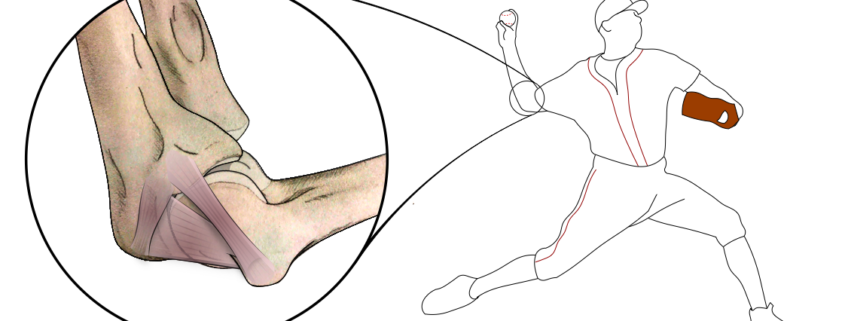
Ulnar Collateral Ligament Reconstruction (Tommy John Surgery)
Overview
Ulnar Collateral Ligament Reconstruction, commonly referred to as ‘Tommy John surgery,’ is a surgical graft procedure where the ulnar collateral ligament in the medial elbow is replaced with a tendon from elsewhere in the patient’s body. The procedure is named after Tommy John, a famous baseball pitcher who was the first to undergo the surgery and subsequently returned to his sport. The surgery is most commonly required by athletes involved in repetitive overhead throwing such as baseball or tennis, but can also be needed by others with similar injuries.
Types
While the standard technique of Ulnar Collateral Ligament Reconstruction is highly prevalent, there are variations of the procedure dependent on the patient’s condition and the surgeon’s preference. These include:
– Docking Technique: A less invasive procedure with fewer drill holes in the humerus.
– DANE TJ Technique: A method that does not require drilling through the ulna.
– Modified Jobe Technique: A procedure often chosen for younger patients.
Causes
The need for this surgery primarily arises due to injury or tear to the ulnar collateral ligament (UCL). This can be caused by repetitive stress on the elbow joint, especially due to overhead movements like pitching a baseball or serving in tennis. Other factors like direct trauma to the elbow, improper throwing techniques, not taking enough rest between play can also lead to UCL tears.
Symptoms
The symptoms associated with a UCL injury requiring the Tommy John surgery include:
- Pain on the inside of the elbow
– Instability or looseness in the elbow
– Decreased ability to throw a ball or similar object
– Swelling and inflammation in the elbow
Diagnosis
A UCL injury is typically diagnosed through a physical evaluation and a combination of imaging tests. The physical exam involves checking the patient’s arm for tenderness, inflammation, and instability. Imaging tests, which may include X-rays, MRI, and ultrasound, provide detailed visuals of the ligaments and help confirm the diagnosis.
Treatment Options
Treatment for UCL injuries can be non-surgical or surgical, depending on the severity of the damage:
– Non-Surgical: This approach usually involves rest, physical therapy, and anti-inflammatory medications. It aims to strengthen the muscles around the elbow to compensate for the injured UCL.
– Surgical (Tommy John Surgery): This is often recommended for athletes or those with complete UCL tears. The surgery involves replacing the damaged ligament with a tendon harvested from elsewhere in the patient’s body, or from a donor.
Living With Ulnar Collateral Ligament Reconstruction (Tommy John Surgery)
After surgery, patients can expect a recovery period of about 9-12 months for non-athletes, and 12-18 months for athletes. A structured rehabilitation process involving physical therapy is crucial to strengthen the elbow and restore full function. Lifestyle adjustments may include temporarily avoiding certain physical activities, practicing pain management, and attending regular check-ups with your healthcare provider.
When to Seek Help
If you experience persistent pain in the elbow joint, decreased throwing ability, instability, or swelling, it’s crucial to seek immediate medical attention. These symptoms could indicate a UCL injury, necessitating a thorough diagnosis and potential intervention. Leaving these symptoms unchecked could lead to more severe complications, undermining your quality of life and performance in sports and other activities.
